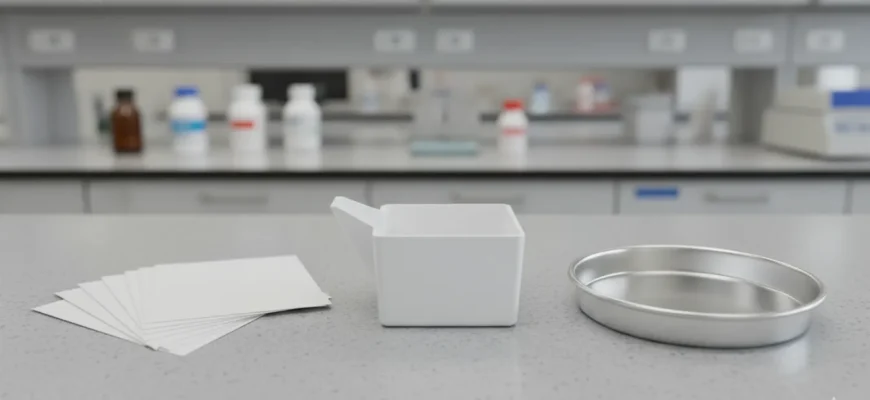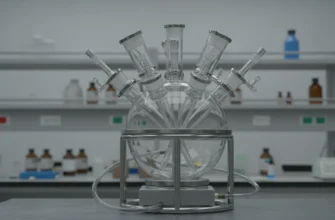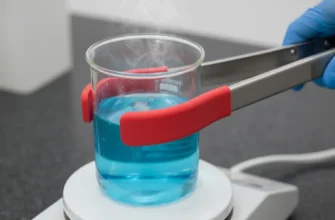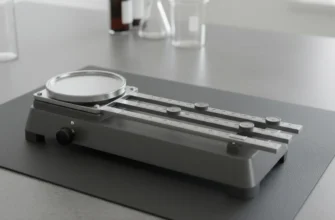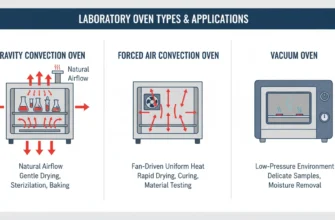Essential Weighing Dishes for Accurate Laboratory Results
Precise measurements are the cornerstone of reliable scientific experiments. Weighing dishes—specialized containers designed to hold samples during weighing—prevent sample loss, avoid cross-contamination, and streamline material transfer. Selecting the right dish material, shape, and handling technique ensures reproducible, contamination-free results every time.
Why Weighing Dishes Matter
Weighing dishes serve three critical functions:
-
Containment: Provide a clean, dedicated surface so every particle of your sample remains accounted for.
-
Protection: Shield sensitive balance surfaces from corrosive or sticky residues.
-
Transfer Efficiency: Offer features like flat bottoms and pour spouts to move samples quickly and cleanly without loss.
Common Materials and Their Applications
Choosing the appropriate material depends on chemical compatibility, thermal requirements, and cost considerations:
| Material | Best Use | Key Advantages |
|---|---|---|
| Aluminum (Sheet) | Moisture analysis; general weighing | Heat-resistant; reusable; flat under oven conditions |
| Paper | Dry, non-reactive powders | Inexpensive; disposable; no cleaning required |
| Thermoplastic (e.g., cross-linked polyethylene) | Aqueous solutions; corrosive chemicals | Chemical-resistant; anti-static; durable |
Dish Types, Shapes, and Sizes
Laboratory workflows benefit from a variety of dish designs:
-
Weighing Boats: Rigid plastic boats with integrated spouts—ideal for precise pouring of powders and liquids.
-
Aluminum Pans: Thin, flat-bottomed moisture pans remain stable in drying ovens, ensuring accurate moisture determinations.
-
Paper Weighing Dishes: Disposable squares or boats for quick, low-cost measurements without cleaning.
Key design features to consider:
-
Flat-bottom stability for consistent balance readings
-
Uniform, high walls to contain fine powders and liquids
-
Smooth surfaces to enable complete sample recovery
-
Pour spouts for controlled transfers
Selecting the Right Dish
Balance these factors to match your laboratory needs:
-
Cross-Contamination Risk: Use disposable paper or plastic dishes for hazardous or ultra-sensitive samples.
-
Heat Treatment: Choose sheet aluminum pans for moisture analysis or when heating samples.
-
Volume and Throughput: Opt for disposable boats in high-throughput settings to eliminate cleaning downtime.
-
Budget Considerations: Reusable aluminum dishes yield long-term cost savings despite higher upfront costs.
Best Practices for Handling and Maintenance
Achieve maximum accuracy and longevity with proper techniques:
-
Taring: Always zero the balance with the empty dish in place before adding sample.
-
Anti-Static Measures: Use anti-static dishes or ionizing blowers when weighing electrostatically charged powders.
-
Transfer Technique: Handle dishes with forceps or clean gloves to avoid introducing oils or residues.
-
Cleaning Reusable Dishes:
-
Rinse off residues, wash with laboratory detergent, and rinse thoroughly with deionized water.
-
Air-dry or oven-dry at low temperature to remove all moisture.
-
Store in a dust-free environment to maintain cleanliness.
-
Safety Considerations
Ensure compatibility between dish material and sample chemistry to prevent degradation or reactions. When weighing volatile or toxic substances, work in a fume hood and use appropriate PPE (gloves, safety glasses, lab coat). Never return excess material from the dish back into the original container to avoid contamination.
Conclusion
Weighing dishes play a pivotal role in laboratory precision. By understanding material properties, dish designs, and best handling practices, you can minimize sample loss, prevent contamination, and guarantee accurate, reproducible results. Investing in high-quality dishes—matched to your specific applications—and following proper maintenance and safety protocols will elevate the reliability of all your weighing procedures.

